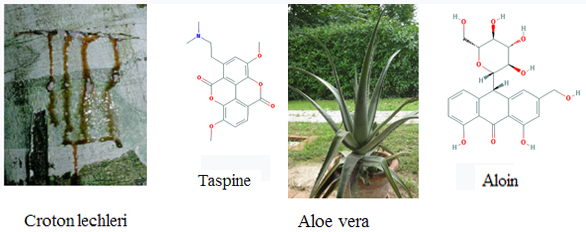Pharmacognosy and Environmental Toxicology
Topic: Employement of medicinal plants of traditional use and their isolated phytoconstituents for hypoglycaemic, hypotensive, antiviral, antioxidant and antiageing purposes.
Researchers: Guglielmina Froldi
 | ||
Pharmacognosy In vitro methods have become a cornerstone of drug discovery and are widely applied to the study of natural products, raw extracts, and isolated compounds, both for screening and mechanistic studies. | ||
| ||
| | ||
read more
- The Ethnomedicinal Approach. The decision to investigate a particular plant species is very often determined by the fact that the plant is already being used for some purpose, possibly medicinally. This would constitute an ethnopharmacological approach to plant selection and would apply to a vast number of investigations. The testing of the plant extracts and any isolated compounds can be guided by what the plant is traditionally used for, and any positive results would serve to validate the use of the plant as well as provide useful leads for further drug development. The ethnomedicinal approach allows for an increased possibility of finding an active compound as well as a means of documenting and preserving local knowledge.
- Synergy research. The multi-drug strategy is based on along awareness that many diseases have a multi-causal aetiology and a complex pathophysiology. In this context, it must be noted that not only plant mono-extracts or extract combinations are able to exhibit synergy effects, but also single natural products or extracts in combinations with chemosynthetics or antibiotics.






